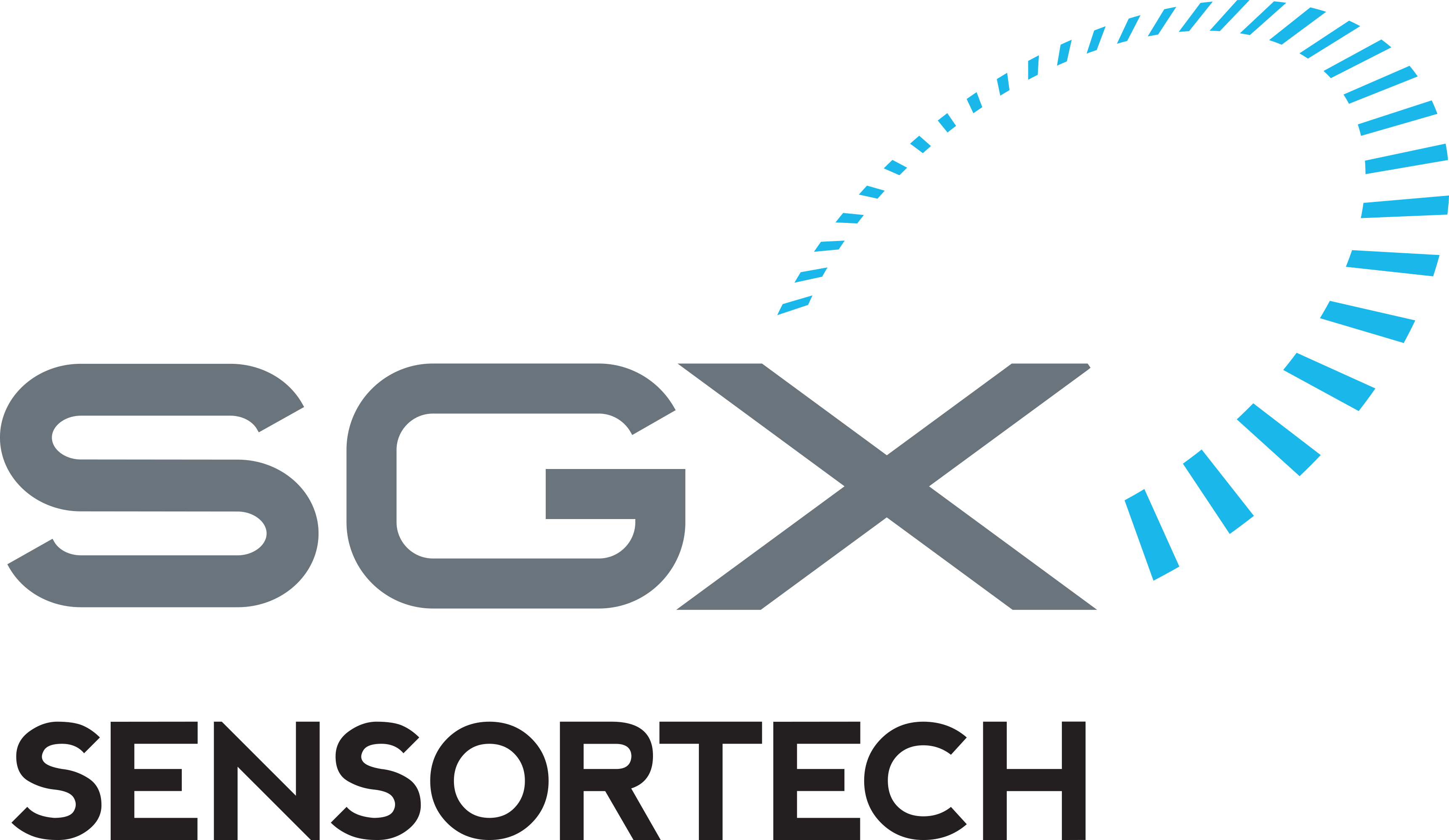
Amphenol SGX Sensortech
Amphenol SGX Sensortech, a subsidiary of Amphenol Corporation, specializes in the design and manufacture of innovative gas sensors. The company's cutting-edge sensor solutions are widely used in industrial, automotive, medical, and consumer applications to detect and measure various gases, including carbon monoxide, methane, and volatile organic compounds. Amphenol SGX Sensortech's sensors are known for their accuracy, reliability, and durability, enabling precise monitoring and control of gas levels in diverse environments. Leveraging advanced technologies such as MEMS and MOS, the company's products offer high sensitivity and fast response times, meeting the demanding requirements of safety-critical and environmental sensing applications. With a focus on quality and performance, Amphenol SGX Sensortech's sensors adhere to industry standards and certifications, ensuring consistent and dependable operation. The company also provides comprehensive technical support and customization options to address specific customer needs, further solidifying its position as a trusted partner in gas sensing technology. As a global leader in gas sensor innovation, Amphenol SGX Sensortech continues to drive advancements in environmental monitoring, industrial safety, and smart sensing solutions.
Multifunction
Results:
1
Series
Operating Temperature
Sensor Type
Output Type
Results remaining:1
Applied Filters:
Amphenol SGX Sensortech
About Multifunction
Multifunction sensors and transducers are advanced devices that combine two or more individual sensors with integrated driving and output conditioning circuitry. These sensors are designed to provide a comprehensive range of data, and they typically utilize a single output type for communication purposes. The output can be transmitted via various industry-standard interfaces such as Bluetooth, USB, CAN bus, Ethernet, I2C, SPI, or RS-485. One example of a multifunction sensor is the accelerometer-magnetometer combination. This sensor incorporates both an accelerometer, which measures acceleration forces, and a magnetometer, which detects magnetic fields. By combining these two sensors, it becomes possible to obtain accurate information about both linear motion and orientation relative to the Earth's magnetic field. Another example is the humidity-pressure-temperature sensor. This multifunction device integrates sensors for measuring humidity, atmospheric pressure, and temperature. By combining these measurements, it becomes feasible to gather comprehensive environmental data, enabling applications such as weather monitoring, HVAC control, and indoor air quality assessment. There are even more sophisticated combinations available, such as the humidity-light-pressure-sound-temperature-tilt-vibration sensor. This multifunction sensor incorporates multiple sensors to measure humidity, light intensity, atmospheric pressure, sound levels, temperature, tilt angle, and vibration. This extensive range of measurements allows for detailed environmental monitoring and analysis in diverse settings, including smart buildings, industrial automation, and IoT applications. Another common combination is the accelerometer-gyroscope sensor. By integrating both an accelerometer and a gyroscope, this sensor can simultaneously measure linear acceleration forces and rotational movement. This combined data is highly valuable in applications like motion tracking, navigation systems, and robotics, where precise motion detection and analysis are crucial. In summary, multifunction sensors and transducers combine multiple individual sensors with integrated circuitry to provide a diverse range of data. They utilize a single output type for communication and can be found in various combinations, such as accelerometer-magnetometer, humidity-pressure-temperature, humidity-light-pressure-sound-temperature-tilt-vibration, and accelerometer-gyroscope. These sensors find applications in a wide range of fields, including environmental monitoring, motion tracking, and industrial automation.

